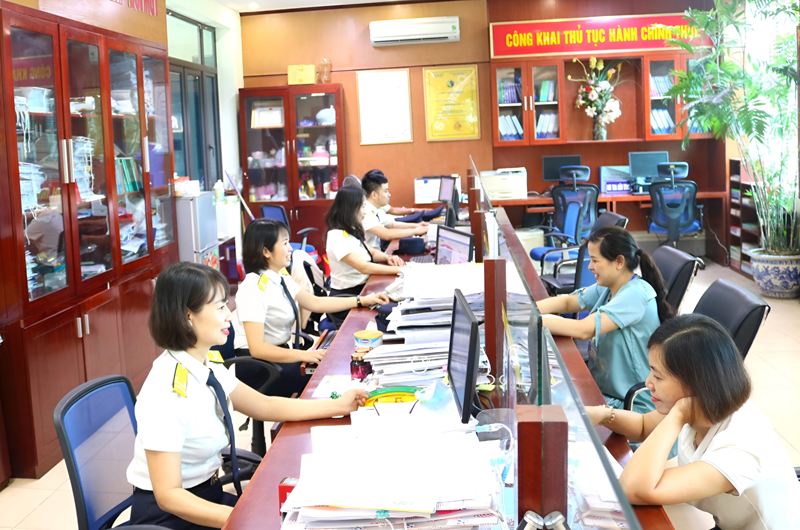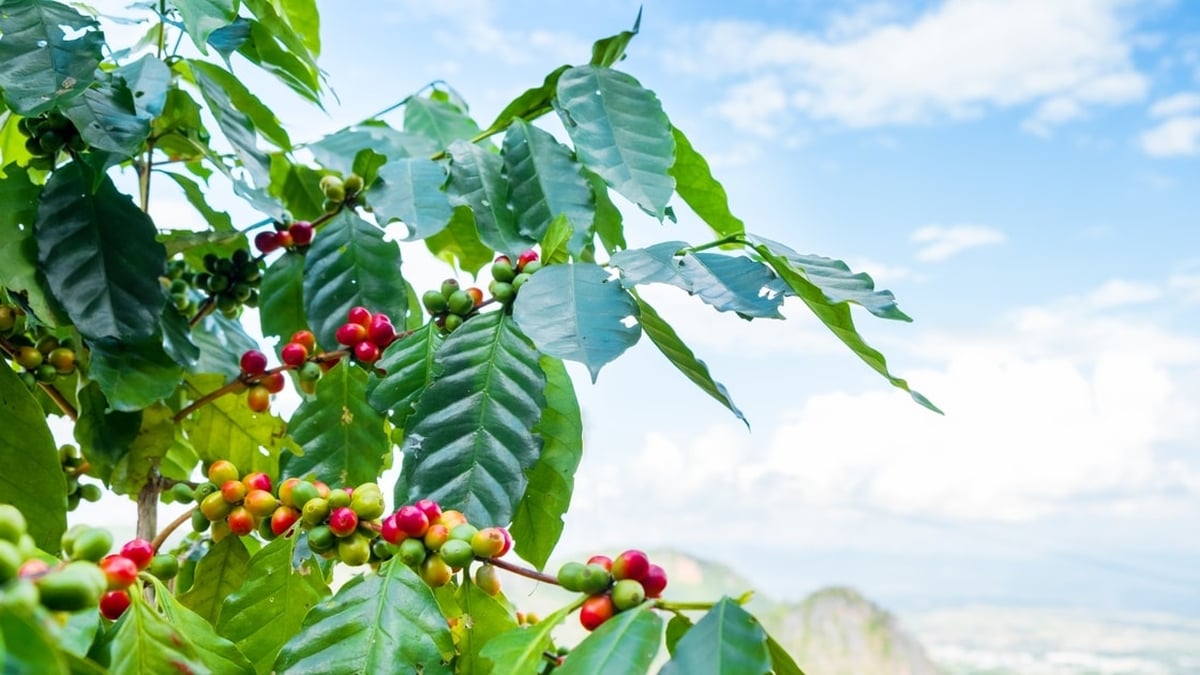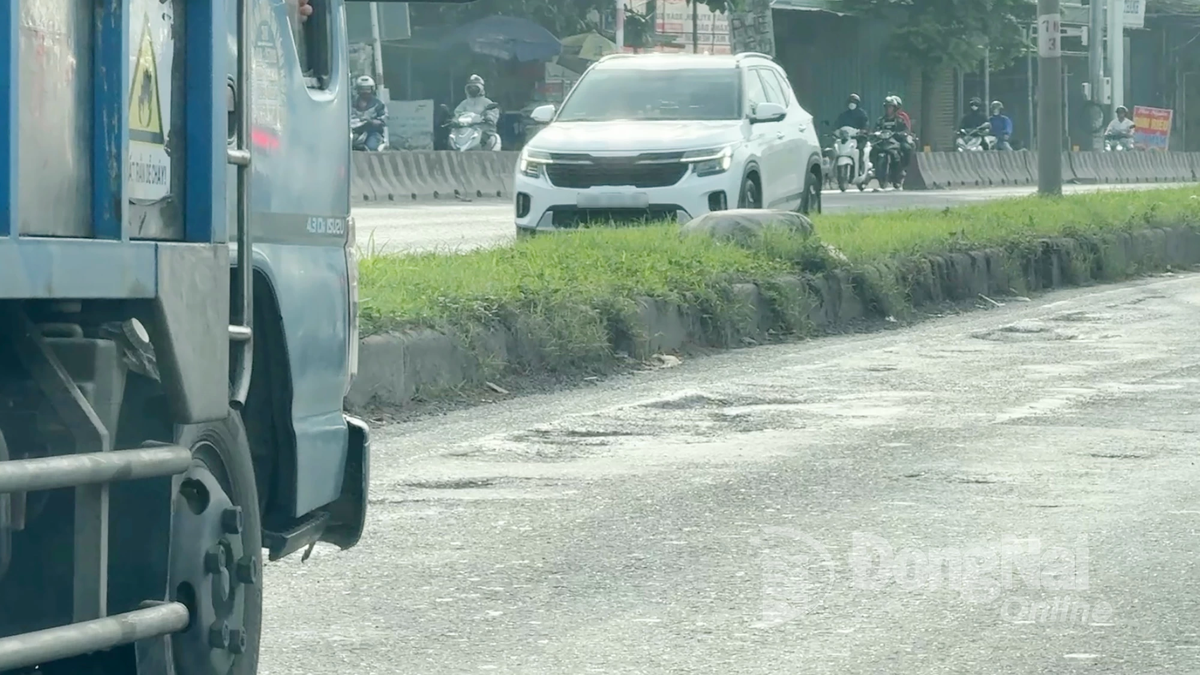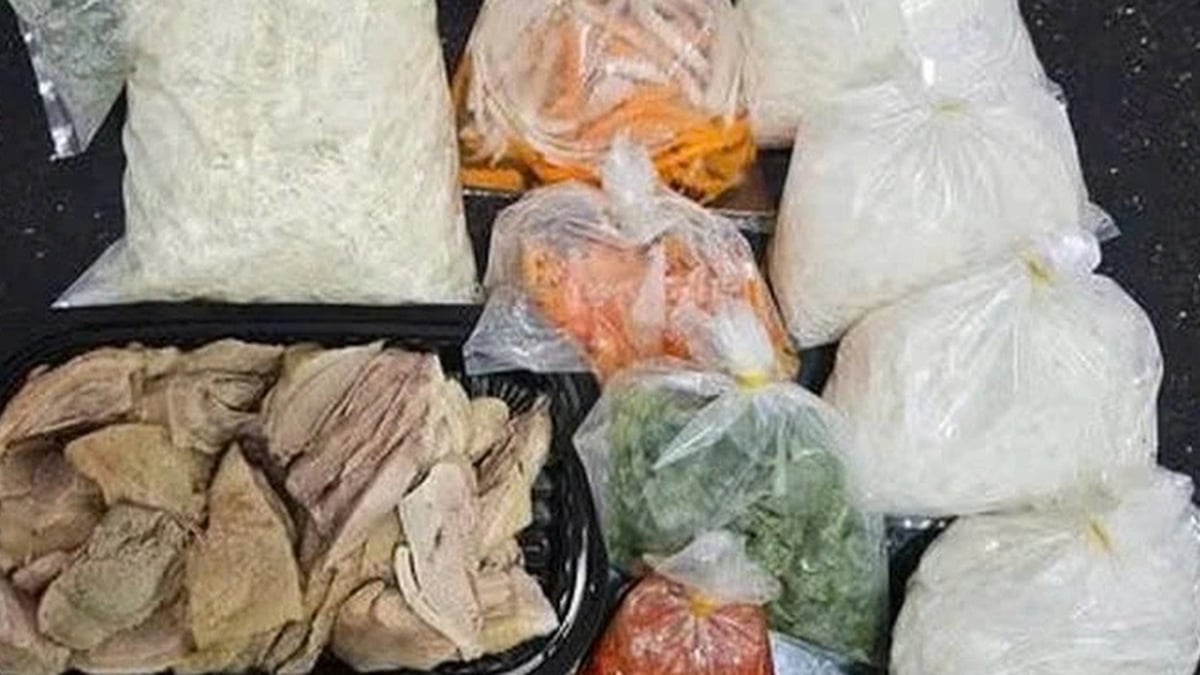 |
| Illustration photo (Photo: MP) |
There are some opinions that the Ministry of Finance should "consider amending and supplementing the Law on VAT (amended). The fact that consumers have to pay 10% VAT, while people have paid the consumption fee, they also have to pay an additional 10% VAT is inappropriate, causing disadvantages for people".
Responding to this proposal, the Ministry of Finance said that VAT is an indirect tax calculated on the added value of goods and services arising in the process from production, circulation to consumption. VAT is included in the price of goods and services and is borne by consumers when purchasing goods and using services.
According to the Ministry of Finance, through summarizing and evaluating the implementation of the VAT Law, it can be seen that VAT in recent times has demonstrated its role in regulating income to ensure social equity, contributing to regulating the macro economy through regulating consumption and savings, contributing to removing difficulties, promoting production and business development, focusing on encouraging agricultural development, reducing costs for essential goods and services, contributing to ensuring social security and contributing to orienting production and consumption.
In the current tax policy system, VAT is an important and stable source of revenue, ensuring a reasonable mobilization rate for the state budget to meet financial resources for socio-economic development. VAT revenue accounts for a high proportion of total tax revenue, specifically: about 24.5% in 2022, about 23% in 2023.
International experience shows that both developed and developing countries have restructured state budget revenue in the direction of enhancing the role of VAT, considering VAT as the main source of revenue for the state budget. The number of countries applying VAT/goods and services tax is increasing, from about 140 countries in 2004 to 160 countries in 2014, 166 countries in 2016, 195 countries in 2020. Along with the increase in the number of countries using VAT to regulate consumption as well as increase budget revenue, the trend of increasing VAT rates is common.
According to statistics from the International Monetary Fund (IMF) on tax rates of 164 countries and territories in 2020, Vietnam's common VAT rate of 10% is relatively low. Specifically, there are 122 countries with common tax rates from 13% to 27% (of which 84 countries have tax rates from 17% to 27%); 26 countries have common tax rates from 10% to under 13%; and 16 countries have common tax rates below 10%. Countries in the region such as Laos, Indonesia, Cambodia also have common tax rates of 10%; China has a tax rate of 13%; the Philippines has a tax rate of 12%.
According to the Ministry of Finance, when discussing the draft Law on VAT (amended), some delegates suggested that the Government study the roadmap for increasing VAT rates. However, the Government will continue to study the appropriate time to implement this goal to submit to the National Assembly for consideration and decision in the next implementation phase of the tax system reform strategy.
In 2024, to support people and businesses, the Government has just issued Decree No. 72 dated June 30, 2024, stipulating the VAT reduction policy according to Resolution No. 142 dated June 29, 2024 of the National Assembly. The Decree stipulating a 2% VAT reduction for a number of groups of goods will officially take effect from July 1, 2024 to December 31, 2024.
According to the Government Decree, the 2% reduction in value added tax rate will be applied to groups of goods and services currently subject to a value added tax rate of 10% (to 8%), except for the following groups of goods and services: telecommunications, information technology, financial activities, banking, securities, insurance, real estate business, metals, prefabricated metal products, mining products (excluding coal mining), coke, refined petroleum, chemical products, goods and services subject to special consumption tax.
The Decree also stipulates that business establishments calculating value added tax by the deduction method are entitled to apply a value added tax rate of 8% to goods and services with reduced value added tax. Business establishments (including business households and business individuals) calculating value added tax by the percentage method on revenue are entitled to a 20% reduction in the percentage rate for calculating value added tax when issuing invoices for goods and services with reduced value added tax./.
Source: https://dangcongsan.vn/kinh-te/thue-gia-tri-gia-tang-la-nguon-thu-quan-trong-trong-co-cau-ngan-sach-nha-nuoc-676404.html




















































![[Maritime News] More than 80% of global container shipping capacity is in the hands of MSC and major shipping alliances](https://vphoto.vietnam.vn/thumb/402x226/vietnam/resource/IMAGE/2025/7/16/6b4d586c984b4cbf8c5680352b9eaeb0)













































Comment (0)